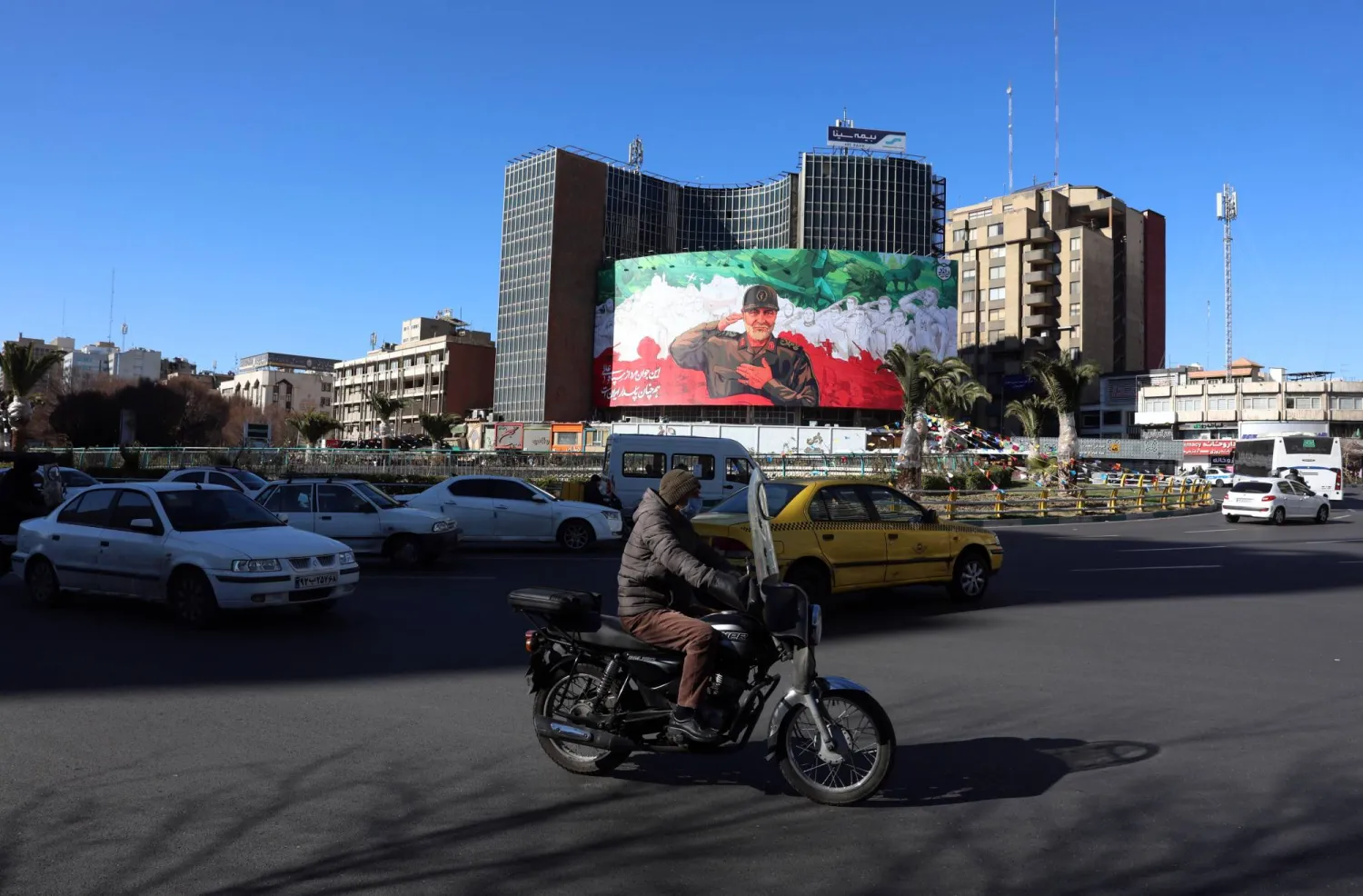Iranian Foreign Minister Hossein Amir-Abdollahian is embarking on a Gulf tour encompassing Oman, Qatar, and Kuwait, amidst anticipation regarding an Iranian-US “understanding.” This understanding may potentially facilitate the release of a portion of Tehran’s frozen assets through financial channels passing through Doha and Muscat.
Earlier this week, the Iranian top diplomat had received his Saudi counterpart, Prince Faisal bin Farhan, engaging in discussions about enhancing bilateral relations and areas of cooperation.
Amir-Abdollahian’s Gulf tour was confirmed by a concise statement released by the Iranian Foreign Ministry.
The confirmation came after Telegram channels affiliated with the Revolutionary Guards had reported that the minister was carrying a response to a US message conveyed by Oman’s Sultan Haitham bin Yusuf to Tehran three weeks ago.
Omani Foreign Minister Badr Al-Busaidi affirmed in a press statement last Wednesday that Washington and Tehran are nearing the final stages of reaching an agreement to release detained US citizens.
This comes after the Iranian Foreign Ministry confirmed the proximity of a deal through Omani mediation.
The US and Iran are in talks to reach an “understanding” that includes exchanging detained Americans for unfreezing Iranian assets.
There is a possibility that this understanding may also involve placing restrictions on Iran’s uranium enrichment program, which is getting closer to nuclear weapon levels.
According to a Western official speaking to Reuters, both sides are working on a “de-escalation understanding.”
There have been multiple rounds of indirect talks in Oman between the US National Security Council official, Brett McGurk, and Iran’s chief nuclear negotiator, Ali Bagheri Kani.
Additionally, after months of Iran’s refusal for direct communication, the US Special Envoy for Iran met with Iran’s ambassador to the United Nations.
Negotiations took place between Iran and Qatar last week regarding the enhancement of banking cooperation. This comes after the US released $2.7 billion of frozen Iranian assets in Iraq.
Regarding the possibility of direct negotiations with the US, Shahriar Heydari, a member of the Iranian Parliament's National Security and Foreign Policy Committee, stated that such talks are predicated on whether Washington demonstrates goodwill.
“If the US shows goodwill and regrets its past actions and behaviors towards the government and the people, in that case, we can negotiate directly with the US,” Heydari told an Iranian news website.
Last week, Iranian Supreme Leader Ali Khamenei stated that it is possible to reach agreements on Iran's nuclear activities without compromising the country’s infrastructure. He urged officials involved in the nuclear program to “not succumb to excessive and misguided demands” from the International Atomic Energy Agency, emphasizing cooperation with the UN agency through “safeguarded” agreements.









